Touring Earth’s Impact Craters, Part 2
Thursday, 11th November 2010 by Chris Hannigan
It may be hard to believe, but the Earth is struck with more space debris (meteors, comets, etc) than the moon. To be fair, our planet is much bigger, but from above, doesn't look as scarred as the surface of the moon. So, why is it so much harder to find craters on Earth?
Most meteors that arrive at Earth burn up in the atmosphere, and others are washed away by our moving surface and erosion. Regardless, if you know where to look, you might be surprised how many impact craters you can find. As with part one of this series. we're going to look at some of the most visible:
Clearwater Lakes, Canada - These two lakes were formed simultaneously from a meteor that broke apart in our atmosphere and crashed into the surface over 290 million years ago. The largest of the lakes is over 20 miles (32 km) across! As you can guess by their name, both are known for their remarkably clear water.
Bosumtwi, Ghana - This nearly perfect circular crater is Ghana's only natural lake. Carved out of crystalline bedrock found in the West African Shield, Lake Bosumtwi was formed over 1.3 million years ago. The crater is an impressive 6 miles (10.5 km) across.
Deep Bay, Canada - Another striking circular crater, this lake in Saskatchewan, Canada was formed around 100 million years ago by a very large meteorite. The impact left a hole 8 miles (13 km) wide that over time filled with water from nearby Reindeer Lake.
Wolfe Creek, Australia - This relatively young and small crater has been preserved in the arid desert of northern Australia. It's partially buried under the continuous streams of sand that blows through the region. Estimated to be a mere 300,000 years old, this crater is less than a kilometer wide and was only discovered by scientists in 1947.
Aorounga Crater, Chad - Yet another crater somewhat preserved by a desert landscape, the Aorounga Crater in Africa is almost 8 miles (12.9 km) wide. But when the area was scanned by Space Shuttle SIR-C radar, images revealed two more rings of similar size (possibly 2 more craters) to the east of the visible crater. If all of these craters were formed at once, scientists believe the meteor could have been anywhere from a half-mile to full mile across!
Southwest Egypt - This crater is one of the most recent discoveries by scientists using new tools like Google Earth. Found using satellite images in 2008, this small crater in the deserts of southwestern Egypt is only 45 meters wide and perhaps a few thousand years old. It makes you wonder if the Egyptians knew anything about it!
Be sure to check out Part 1 in this series touring Earth's impact craters.
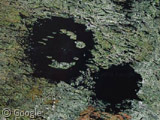
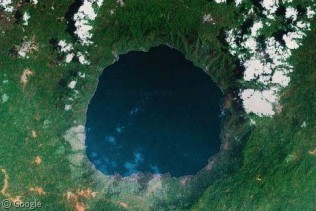
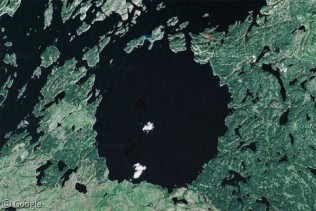
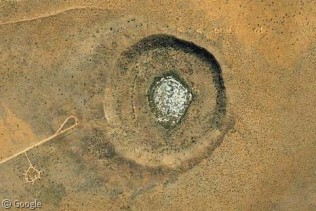
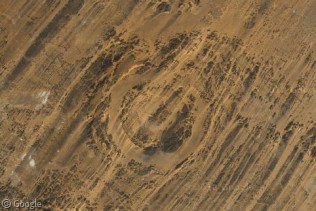
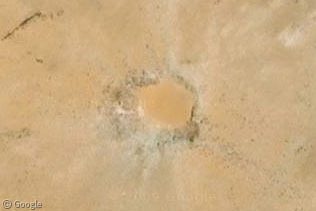
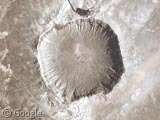
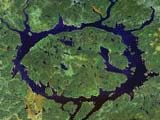
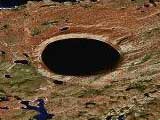
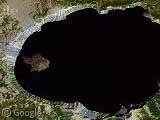
It makes you wonder how long it will be until another one hits.
Good post and amazing photos. It really makes you think how long we have left to the big one Regards Greg